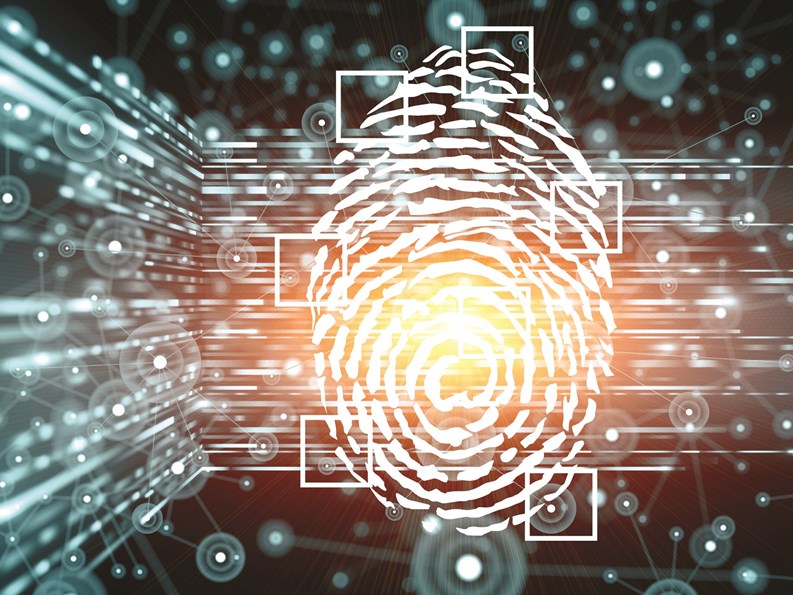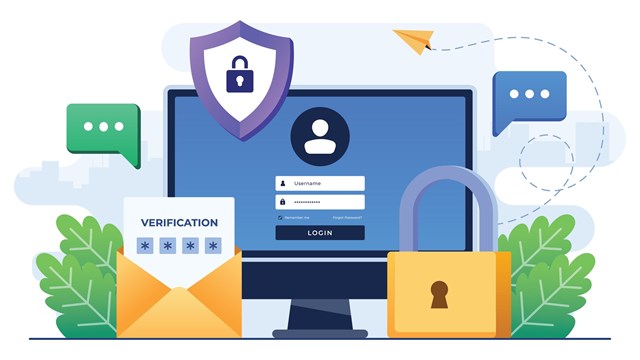Whenever an unexpected crisis arises, be it a severe winter storm, a fire, or a national emergency like 9/11 or Hurricane Katrina, there's one constant—one symbol that people associate with beginning the struggle back to normalcy. That symbol is the Red Cross, and for more than a century, volunteers from Red Cross chapters across the country and around the world have made it their business to ease the pain and fear of disaster victims both natural and man-made. The people of New Jersey have their own guardians in the form of the American Red Cross of Central New Jersey.
Wartime Roots
The roots of the Red Cross movement began in late 19th century Europe when a Swiss businessman named Henry Dunant witnessed the bloody Battle of Solferino, Italy. Dunant saw wounded soldiers simply left on the field to die, and was appalled by the lack of assistance available to them. In 1863, Dunant formed what he called the International Committee of the Red Cross. The group's main focus was to provide protection and care for the wounded in times of war.
Around the same time back here in the States, Clara Barton was earning her nickname "Angel of the Battlefield" for her heroic efforts in helping wounded Civil War soldiers. After Barton took a trip to Europe and learned of Dunant's group, she came back home and worked tirelessly to persuade the U.S. Senate to support an international Red Cross Treaty. In 1881 Barton got her wish, and the American Association of the Red Cross was formed in Washington, D.C.
In the 10 years following its inception, the Red Cross expanded to aid not just soldiers in trouble, but ordinary citizens, too. Hurricanes of Katrina or Andrew's magnitude were just as devastating to the Southeast and Eastern seaboard in the 1900s as they are today, and the need for relief was just as important. Even in the group's infancy, the Red Cross assisted families and individuals left homeless and suffering from fires, floods, tornadoes, hurricanes, earthquakes and outbreaks of yellow fever and other diseases.
In 1898, the American Red Cross Relief Committee was created in order to raise money and support during the Spanish-American War. By 1905, a new congressional charter was put into effect and state branches and local Red Cross subdivisions, or "chapters," were created.
The ARC in NJ
The American Red Cross of Central New Jersey is the product of two mergers: the 1992 consolidation of the Princeton and Trenton chapters, and the annexation of the former Central New Jersey Chapter in 1998. According to Susan Franson, the senior program director for the Red Cross of Central New Jersey, "There's been something of a push from the national organization to consolidate state chapters in recent years, so we've gone through a couple of mergers with other chapters in order to become more efficient. Over the last couple of years, we've narrowed down to about 20 chapters from a high of 28." There are presently 19 Red Cross chapters spread throughout the state.
"The various chapters work together on a lot of projects," Franson continues. "We're all included in the Northeast service area, so we collaborate with New York, Connecticut, Massachusetts. The national organization set up the new structure to allow us to work more closely with chapters in our area and in neighboring states. We all do a lot of information-sharing and best practices promotion."
Kevin Sullivan, the chief executive officer of the Central New Jersey chapter, proclaims on the group's website that the "chapter is governed by volunteers and supported by community members. We are a humanitarian organization dedicated to saving lives and helping people prevent, prepare for and respond to emergencies."
"When local house fires take place within a community," Sullivan says, "our volunteers and personnel are always there to ascertain the immediate needs of the victims and provide emotional support, food, clothing and other related items. When large groups of people are temporarily displaced from their homes, the American Red Cross responds by opening and operating shelters. We want you to take comfort in the fact that we are ready to respond at a moment's notice when help is needed."
Recently, explains Sullivan, "The Red Cross launched a sweeping new national effort entitled 'Together We Prepare' to prepare our country for a disaster or emergency having national or local impact. Through the Together We Prepare campaign, the Red Cross is encouraging community residents to join in a grassroots effort to make sure Central New Jersey is better prepared, should disaster strike, by doing five simple things: make a plan, build a kit, get trained, volunteer and give blood. With the possibility of war, terrorist attacks, natural disasters and everyday emergencies, being prepared takes on a new importance; it can help save lives."
Reaching Out
Franson adds that the chapter primarily deals with fires and floods—though each chapter has specific programs and training, like dealing with weapons of mass destruction, for example. "Each chapter," she adds, "also has a disaster plan, and at the time of a disaster, if it's large enough, we can ask for mutual aid from other chapters."
The Red Cross of Central New Jersey services a population of 1.2 million people, including all of Mercer County, most of Middlesex County and parts of Somerset County. The chapter also has been designated as lead unit for disaster services for the past five years, coordinating all state level disaster activity. In 2004, the Central New Jersey chapter helped nearly 700 men, women and children recover after house fires, and issued nearly 32,000 CPR and first aid certifications. Fourteen thousand Water Safety and Lifeguard training certificates were issued, and the group supplied the area with nearly 11,500 units of safe, donated blood.
All that work represents hours and hours of time donated by the nearly 3,000 Red Cross volunteers. "Our work is primarily carried out by volunteers," says Franson. "We have about a 30-to-one volunteer-to-staff ratio. Our administrative structure varies a little from chapter to chapter, but each chapter has a board of directors who works with an executive director. Here in central New Jersey, we have about 44 board members, as well as an assistant executive director who handles all the fund-raising, and I'm the executive program director, and I'm responsible for all the program areas. We have a director of emergency services, a director of health and safety—they handle CPR, first aid, aquatics, HIV/AIDS education—and a community service director who handles our meals program, our blood donation, and youth and community education outreach."
In addition to helping those in need, the chapter also honors those who save lives, or make a commitment to keeping others safe and prepared.
"We honor companies and individuals who have saved lives," says Franson, "or who have really contributed to worker safety—by purchasing automatic external defibrillators (AEDs), for example—or that have implemented CPR or first aid training in their workplace."
Getting Involved
In addition to all their on-the-spot work in emergency situations, the chapter also works directly with associations and HOAs to prepare residents, managers, and staff to deal with crises effectively.
"We have a community disaster education program where we come out and give associations and residents information on how to put together a community disaster plan," says Franson. "We go over what items are necessary for a disaster kit, and what they can do to prepare themselves and their families for a disaster. We come in and help people think through and plan for various scenarios."
"We also have experts who can come out and train community residents how to perform CPR and first aid, and how to use AEDs, which is something condo associations might be interested in purchasing if they're in an area that could take an ambulance a while to get to. The board or manager can just call us, and we'll be happy to come out and do a demonstration."
And residents can give something back to the Red Cross as well, says Franson. "We're always in need of blood donations—New Jersey isn't a self-sufficient state for blood, so we always encourage associations and groups to consider hosting a blood drive. They can call our volunteer administrator to set up any of that."
To get more information on emergency preparedness, to volunteer, or to arrange a seminar, demonstration, or community blood drive, call the Central New Jersey chapter at 609-951-8550 or visit their website at www.njredcross.org.
Hannah Fons is the associate editor and Kimberley Cameron, the editorial assistant, of The New Jersey Cooperator.







Leave a Comment